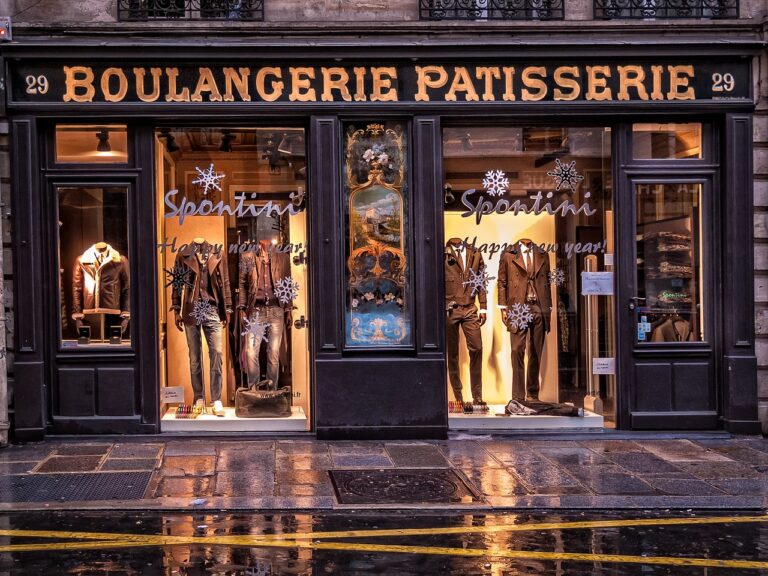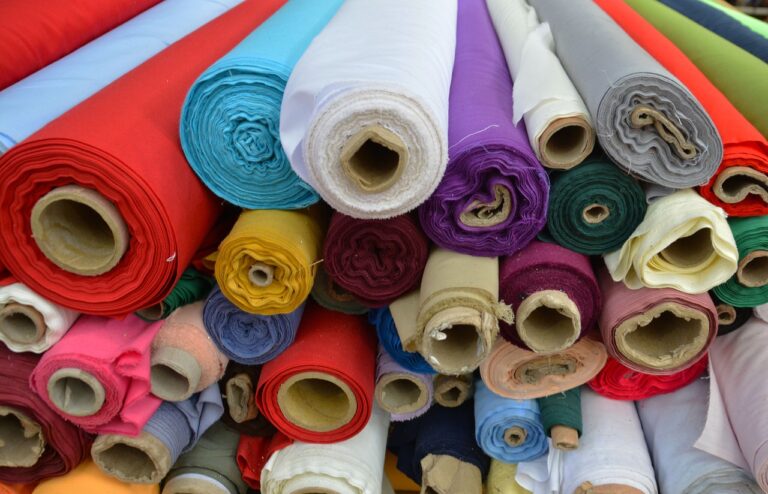The Evolution of Eco-Friendly Packaging Solutions in Retail
Throughout history, the concept of eco-friendly packaging in retail has evolved to meet the growing awareness of environmental concerns. In the past, packaging materials were primarily focused on durability and cost-effectiveness, with little consideration for their impact on the environment. However, as the detrimental effects of plastic and non-biodegradable materials became more evident, retailers began to shift towards more sustainable packaging options. This gradual progression led to the development of innovative solutions that aimed to reduce waste and minimize the carbon footprint of the retail industry.
With the increasing emphasis on sustainability in recent years, retailers have been facing mounting pressure to adopt eco-friendly packaging practices. Consumers are now more conscientious about the environmental implications of their purchases, prompting retailers to rethink their packaging strategies. Despite the challenges posed by the transition to sustainable packaging, many retailers have embraced the shift towards more environmentally friendly alternatives. By incorporating biodegradable materials, reducing plastic usage, and implementing recycling programs, retailers are actively participating in the global effort to promote eco-friendly practices in the retail sector.
Challenges Faced by Retailers in Adopting Sustainable Packaging
Many retailers face the challenge of transitioning to sustainable packaging due to the perceived higher costs associated with eco-friendly materials. The initial investment required for sustainable packaging options can be a deterrent for businesses, especially smaller ones operating on tight budgets. Additionally, the availability and sourcing of sustainable packaging materials can also pose challenges for retailers looking to make the switch.
Another obstacle faced by retailers in adopting sustainable packaging is consumer perception and demand. While there is a growing awareness and interest in eco-friendly practices among consumers, not all are willing to pay a premium for products packaged in sustainable materials. This discrepancy between consumer expectations and willingness to pay can make it challenging for retailers to justify the switch to sustainable packaging without risking loss of sales or market share.
Innovations in Eco-Friendly Packaging Materials
In recent years, the retail industry has witnessed a surge in the development of eco-friendly packaging materials. One notable innovation is the use of biodegradable plastics made from plant-based sources such as corn, sugarcane, or potato starch. These materials offer a sustainable alternative to traditional plastics derived from fossil fuels, as they can break down naturally in the environment without leaving harmful microplastics behind.
Another promising innovation is the advancement in the use of mushroom packaging, also known as mycelium packaging. This type of packaging is created by growing mycelium on agricultural waste such as corn husks or wood chips. The mycelium forms a strong network that can be molded into various shapes to serve as protective packaging for items. Not only is mushroom packaging biodegradable and compostable, but it also has the potential to be a cost-effective and lightweight alternative to traditional packaging materials.





